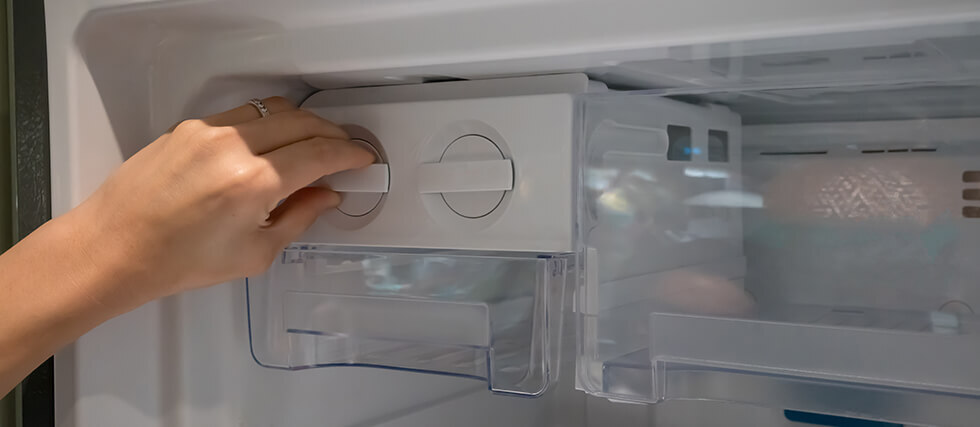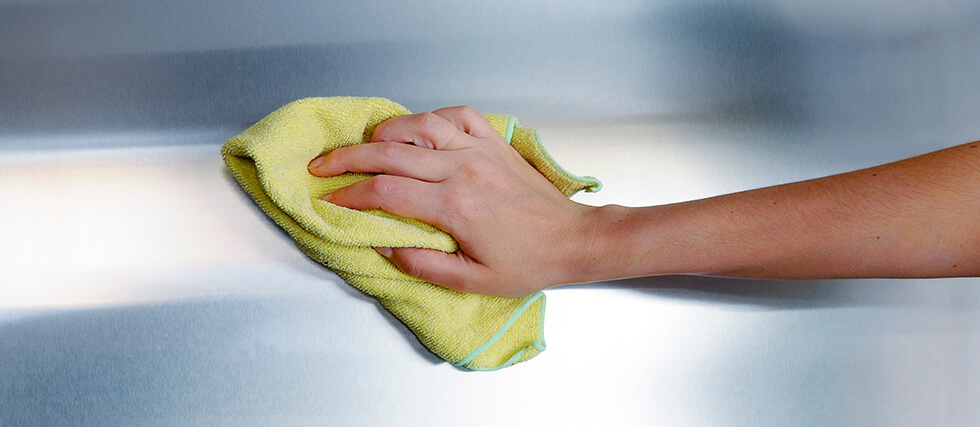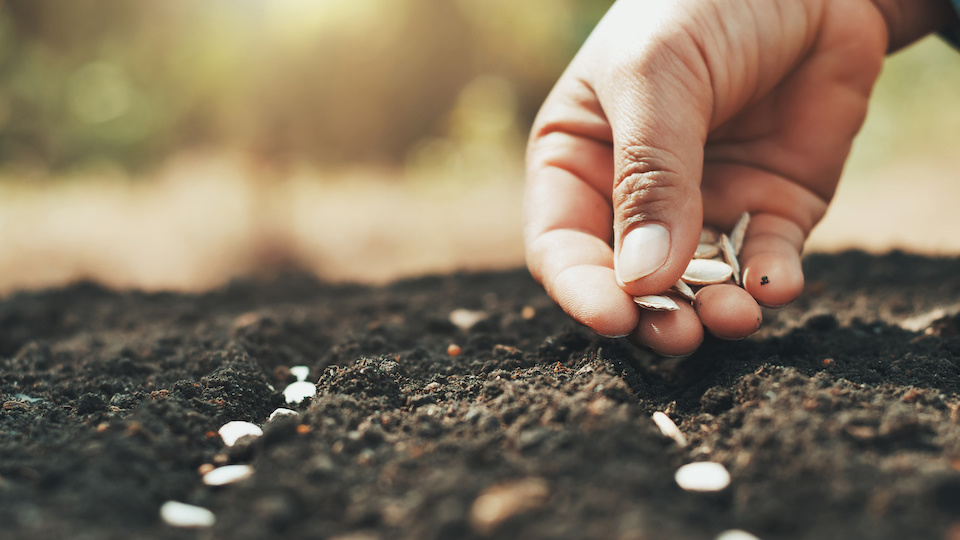Why You Should Clean Your Ice Maker at Least Once a Month
Most people don’t think twice about their ice maker, but that little machine can quietly collect mold, mildew, and bacteria if it’s not cleaned regularly. If you use it daily for drinks, smoothies, or entertaining, cleaning your ice maker at least once a month is essential for both health and performance.
Moist, dark environments are ideal for bacterial growth, and your ice maker fits that description perfectly. Over time, mineral buildup from water and mold spores from the air can accumulate inside the machine.
This doesn’t just affect taste—it can contaminate your ice with harmful microorganisms. Even if your ice looks clear, it could harbor invisible bacteria or biofilm that can make you sick, especially if your immune system is compromised.
You may also notice that your ice tastes “off” or has a strange smell. That’s often caused by dirty water lines or old ice sitting in a poorly cleaned bin. Left unchecked, this grime can clog your machine, reduce efficiency, and even shorten its lifespan.
Cleaning doesn’t have to be complicated. Unplug the machine, empty the ice bin, and wipe down the interior with a mixture of warm water and vinegar or a manufacturer-recommended cleaner. Don’t forget the water filter—if your model has one, it should be replaced every few months.
Taking just 30 minutes once a month can keep your ice fresh, your machine running smoothly, and your drinks tasting the way they should—clean and crisp.




